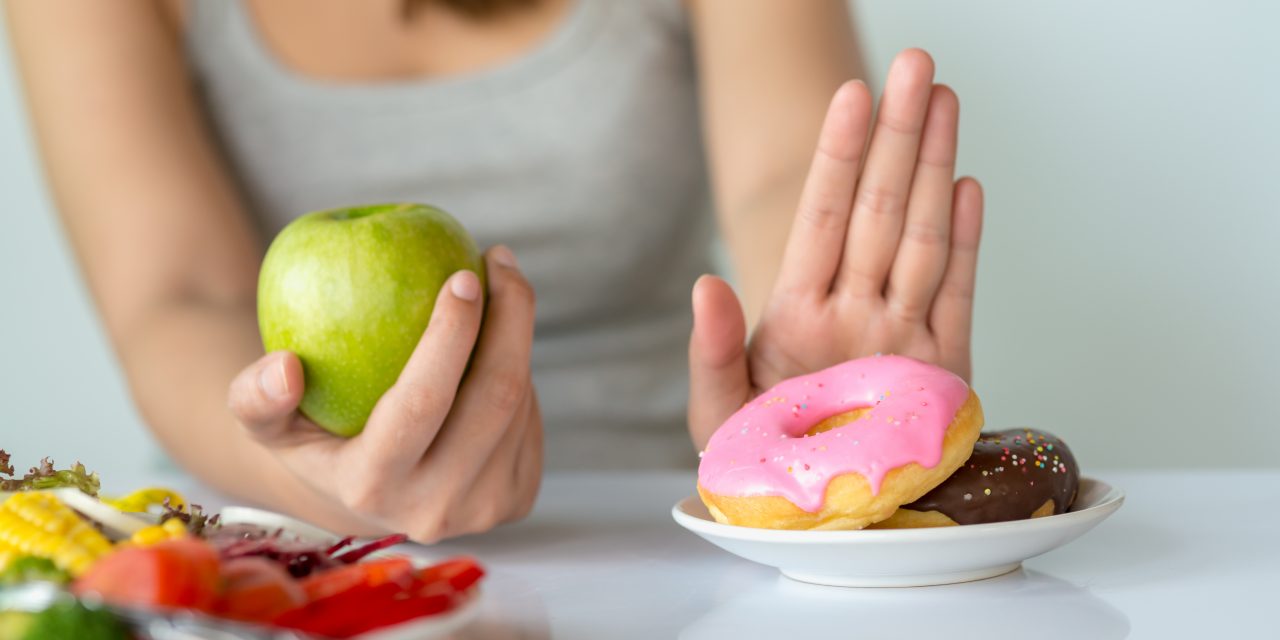Receiving news from your physician that you are pre-diabetic or diabetic can be a devastating diagnosis. This news can leave you feeling anxious, confused, and helpless. You will most likely need to make long term changes to your current lifestyle, including what and how you eat. You’ll also have to learn to better manage your stress levels and incorporate movement into your daily routine. All these things may seem overwhelming at first. Change can be scary, but having a good support system with family, friends, and health professionals can help you ease into a new lifestyle that is sustainable. Diabetes, diet, and stress changes are closely linked. In order to lower blood sugar, you need to start by examining where foods fall on the glycemic index.
What is the Glycemic Index?
When you are diagnosed as diabetic or pre-diabetic, you may be introduced to the Glycemic Index (GI). This can be a helpful tool when making food choices, but it can also wrongly malign a healthy food choice. The GI is an indicator that measures the blood-glucose response after consuming 50g of carbohydrates in food. The GI does not give you the grams of carbs found in a serving. So take carrots, for instance. Their GI is 71. That’s a high value; however, one medium carrot has 6g of carbs in serving, so you would have to eat a pound and a half of carrots to reach the 50g GI marker to cause a spike in blood sugar.
Obtaining the Glycemic Load (GL) value for a food is going to give you a better perspective on your body’s glucose response. This value can be determined by multiplying the foods GI number by the number of non-fiber carbohydrates in grams in a single serving. This brings the tasty carrot down to a 6, which is an extremely low GL number, making this an excellent choice!
Keep in mind both charts (GI and GL) have their limitations and bio-individuality plays a big role in how carbs are digested. We are not all made the same. How carbs are eaten also has an effect on our glucose response. Adding healthy fats to carb servings tends to make carbs digest and absorb more slowly. This causes a steady rise of blood sugar instead of a spike and drop, helping us stay fuller longer.
Adjusting to a new way of eating can be freeing. Knowing that the changes you make will directly affect your health and help you live a longer happier life. By incorporating more whole foods and minimizing processed foods you can begin to regulate your blood sugar.
The list of therapeutic foods for lower blood sugar is long, but a few of my top choices would be:
- Garlic
- Onions
- Broccoli
- Brussel Sprouts
- Carrots
- Cauliflower
- Kale
- Eggs
- Beans
- Liver
- Salmon
- Seaweed
- Room temperature cooled sweet potato
These foods are high in vitamins A, B1, 2, 3, 5, 6, and 7, Manganese, Potassium, and Chromium, giving them the power to help regulate and lower blood sugar.
Find an Outlet for Relieving Stress
A diabetes diagnosis can be scary, but it can also be fun to try new foods and recipes to enjoy with family and friends. If you like to cook, this could be your outlet for relieving stress and being creative with herbs to add interesting flavors. If you are not a cook, take a brisk walk with a loved one or pet, enjoy a yoga class. There are many online options these days to try from home like painting, container gardening, journaling, the list is never-ending. Having a healthy outlet at the end of the workday can help with the side effects of stress, mostly in the form of poor food choices from emotional eating. Having a handful of nuts or a couple of boiled eggs before bed may also help you sleep through the night, keeping your blood sugar from dropping and waking you at 3 am.
When faced with the need to make long term changes be kind to yourself. Allow for time and grace to make the necessary adjustments and changes. And remember to Live Your Value, one choice at a time!










